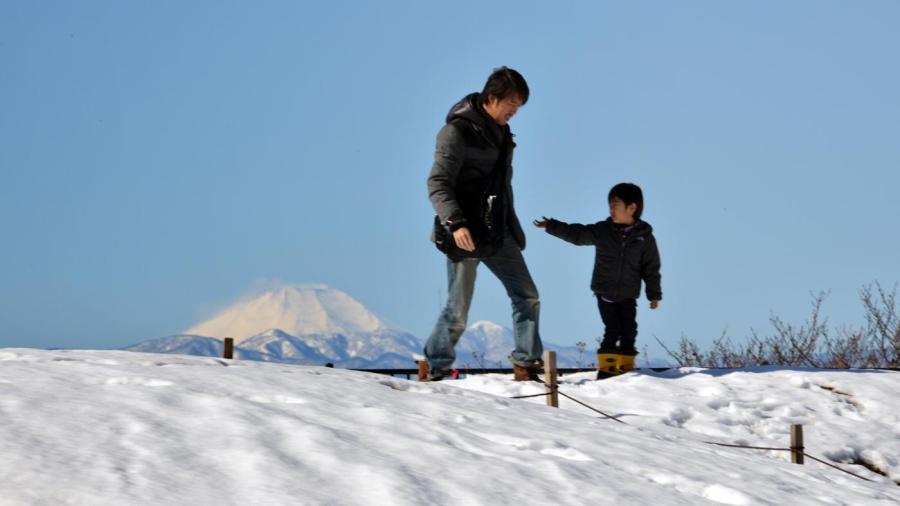What Are the Major Landforms in Japan?

Japan’s major landforms include mountains, plains and volcanoes. Most of Japan is made up of islands — there are thousands of islands that make up the country. The main island is Honshu, and it is 810 miles long and is dominated by mountains and volcanoes. Shikoku is one of the four major islands, but it is the least populated.
The mountain landforms run through the majority of Japan. The mountains boast deep valleys, tree-lined slopes and foothills. The deep valleys are on the Pacific Ocean side of the country, while the foothills are on the other side, where the Sea of Japan is located. The mountains have various altitudes, reaching up to 9,800 feet.
The highest elevation in Japan is Mount Fuji, which is Japan’s major dormant volcano. The elevation of Mount Fuji is 12,388 feet, and it is situated southwest of Tokyo.
The plains of Japan are situated along the coastal areas on both the Pacific Ocean side and the Sea of Japan side of the mountains. Most of the population in Japan reside in these coastal communities. There are also rivers in country in various locations, but the longest one is the Shinano River. Most of the other rivers are very short and run to the coastal areas from the mountains.





